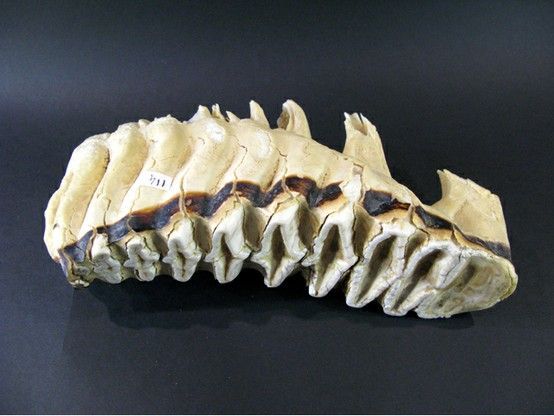 [ndlr] CR de lecture d’un ouvrage important de Philippe Peycam sur la naissance du journalisme politique à Saigon pendant la période coloniale. Publié sur New Mandala.
[ndlr] CR de lecture d’un ouvrage important de Philippe Peycam sur la naissance du journalisme politique à Saigon pendant la période coloniale. Publié sur New Mandala.
Philippe M. F. Peycam, The Birth of Vietnamese Political Journalism: Sài Gòn, 1916-1930. New York: Columbia University Press, 2012. Pp. xi, 320; maps, list of abbreviations, notes, bibliography, index.
Reviewed by Haydon L. Cherry.
It was the spring of hope; it was the winter of despair. On 21 March 1926, fifteen hundred people, including street vendors, school teachers, and students congregated on the Rue Lanzarotte in Sài Gòn. At the meeting, Phan Trương Mạnh announced the illegal foundation of the Annam Youth Party and called for all of those assembled to join. The young Vietnamese journalist Lâm Hiệp Châu distributed a new newspaper titled Jeune Annam to the crowd. Leaflets, extremely critical of the colonial government and carrying the names of the radical journalists Eugène Dejean de la Batie and Nguyễn An Ninh, circulated. On the morning of 24 March, the colonial authorities arrested the three journalists. Thousands gathered that evening on the pier of the Messageries Maritimes to await the return from France of Bùi Quang Chiêu, the editor of the Sài Gòn newspaper La Tribune Indigène and a proponent of moderate political reform. French agitators who opposed Bùi Quang Chiêu tried to start a riot as he disembarked. The arrest of Nguyễn An Ninh had alarmed the increasingly incendiary youth who had also learned that the great patriot, Phan Châu Trinh, had died during the previous night. At a rally the following day, Bùi Quang Chiêu failed to denounce the arrest of Nguyễn An Ninh, to the dismay of the restive youth. On 4 April, a funeral procession of seventy thousand people paraded through Sài Gòn to a mausoleum for Phan Châu Trinh in Tân Sơn Nhất. Strikes and demonstrations against French rule broke out in the weeks that followed. Radical activism had replaced more quiescent attempts at reform. The press was transformed, as Vietnamese journalism became more dramatic and confrontational. But by the end of the year political protest had moved from the pages of Sài Gòn’s newspapers to the pavements of its streets. Contest in the press had given way to mass mobilization and militancy.
Read more : New Mandala, 05/05/2014.















